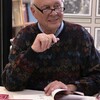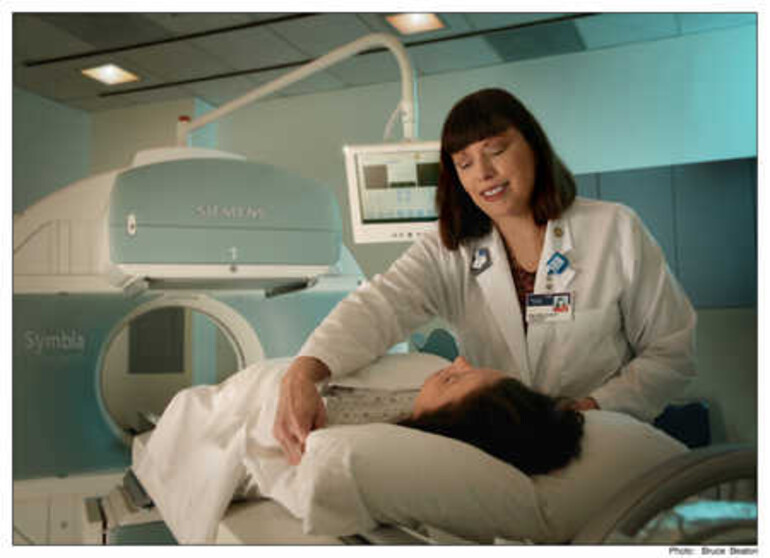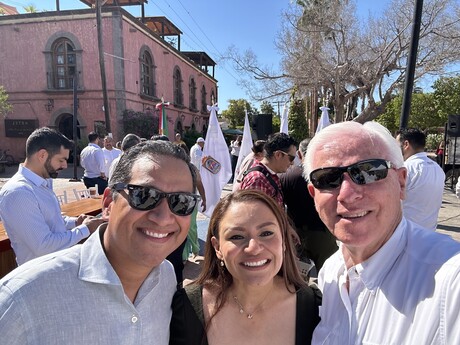To the average person, single-photon emission computed tomography and computed tomography (SPECT/CT) may sound like technical jargon. But to clinicians at Adventist Medical Center (AMC) in Portland, Oregon, SPECT/CT sounds like the wave of the future. Combining features of two imaging modalities, the new technology enables physicians to make diagnoses quickly and accurately.
"We're the first hospital in Oregon to have this technology," says Ron Hilburger, CNMT, AMC nuclear medicine technologist. "And the third on the West Coast." A 40-year veteran of the field, Hilburger describes AMC's Siemens Symbia-T scanner as the "Cadillac" of units.
SPECT/CT combines the functional sensitivity of a nuclear medicine SPECT system with the detailed anatomical information of a diagnostic multi-slice CT system. SPECT, a nuclear medicine imaging procedure, enables organ function, cell metabolism and other functional elements in the human body to be displayed.
A New Level of Clarity
Combining technologies brings together the advantages of both procedures, significantly increasing the diagnostic precision of SPECT.
"In nuclear medicine, we're looking inside the body at a molecular level," says Hilburger. Metabolic processes are displayed using different radioactive substances given to patients in extremely small doses. Technologists overlay the SPECT image, which has no anatomical markers, on a multi-slice CT image. As a result, physicians are able to exactly pinpoint the location of a lesion or tumor, for example.
"Our study gives added diagnostic value," said Thuy Hotan, CNMT, also a nuclear medicine technologist. By adding CT information to SPECT, radiologists are able to help rule out false positives. Also, performing the two exams together increases the likelihood of good image registration.
The new Symbia-T also boasts quick scanning time and a wide, comfortable gantry. "The machine is built like a CT or MRI, so it's very large and open," says Hotan. "And the CT scan goes so fast, most patients don't even notice the extra time."
Changing the Face of Medical Imaging
"Nuclear medicine is a challenging field," says Hotan. "I'm always learning technologies and new ways of looking at how the body works." After nearly 20 years, she also appreciates developing relationships with patients.
"We spend more time with patients than with other exams, such as x-ray," she says. "Some nuclear medicine studies take several hours, and we're able to get to know our patients a little better."
Technologists also directly assist physicians in providing quality care.
"We're involved in the diagnostic decision-making process," said Hilburger. This means technologists help develop protocol around new technology like SPECT/CT to provide physicians with the best images.
"There is a significant increase in diagnostic confidence with the images produced using the Symbia-T," says John Ferguson, medical imaging and radiation oncology administrative director. "This enables our physicians to communicate urgent and critical test results in a timely manner and expedite decisions related to patient care. Ultimately, this translates to reduced lengths of stay for our inpatients and more specific direction about care."
After four decades in the field, Hilburger has seen these types of changes over the years. "When I started in this business, we used handheld scanners and slide rules to make our measurements," he says, laughing. "The new technology is amazing."










